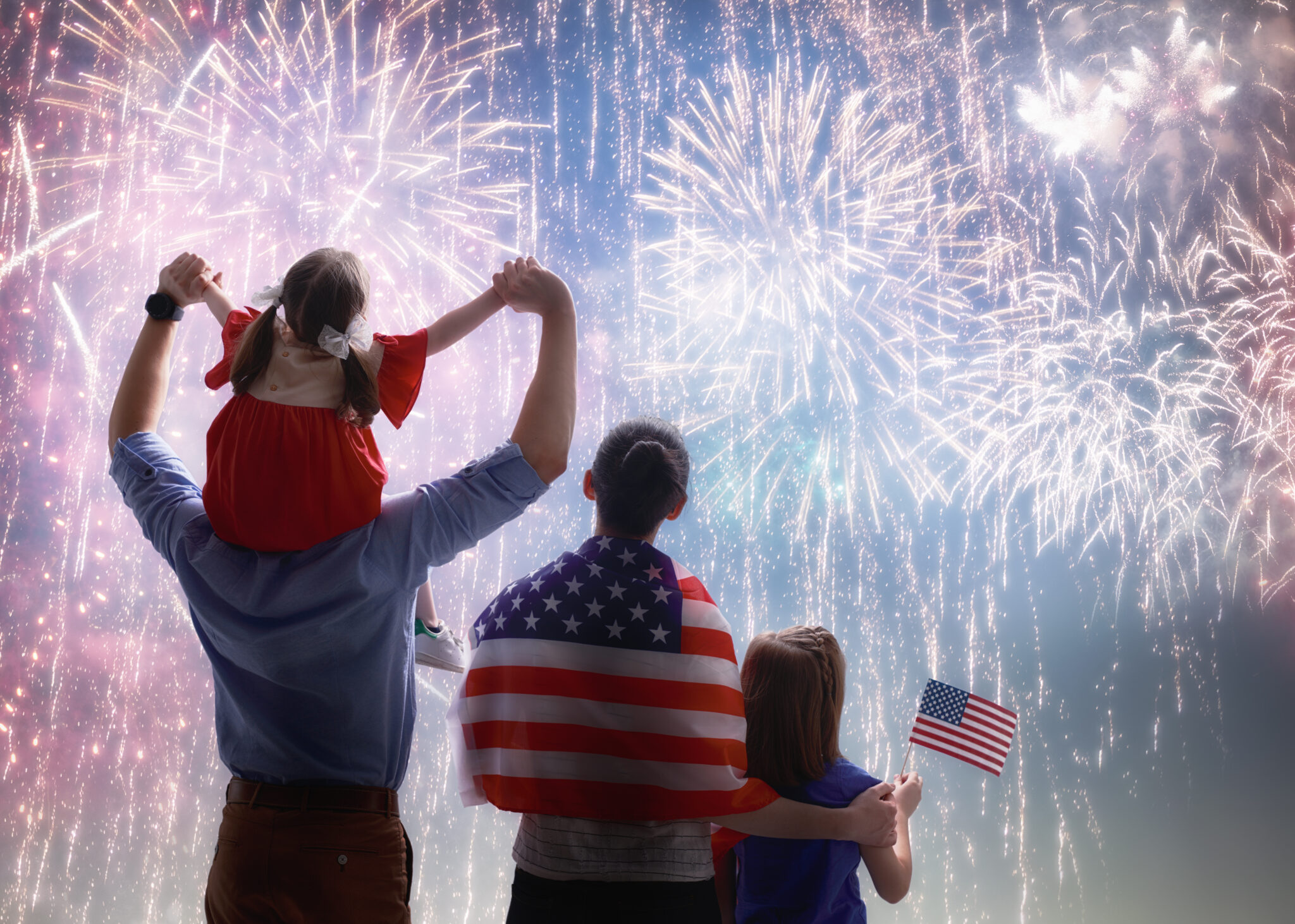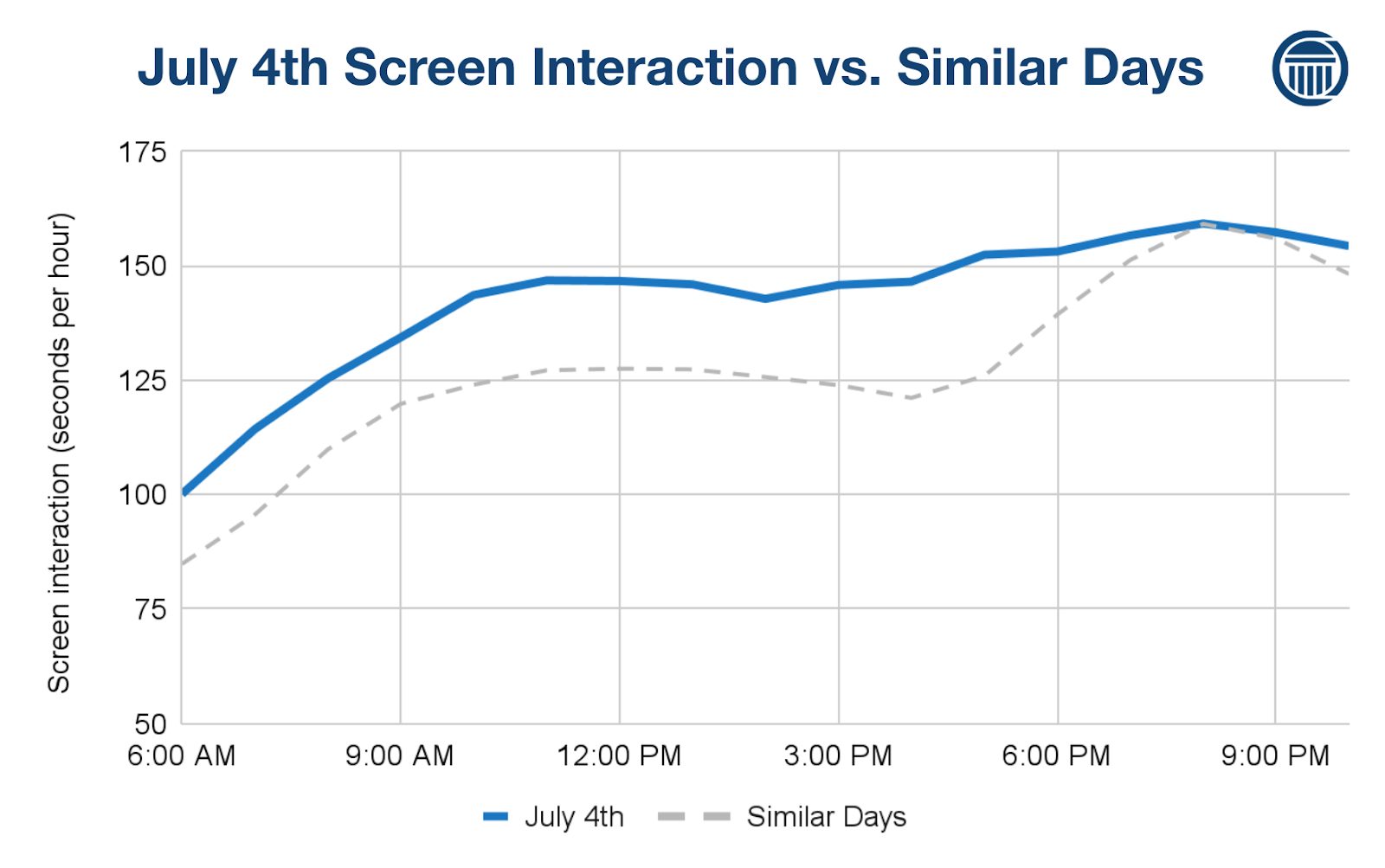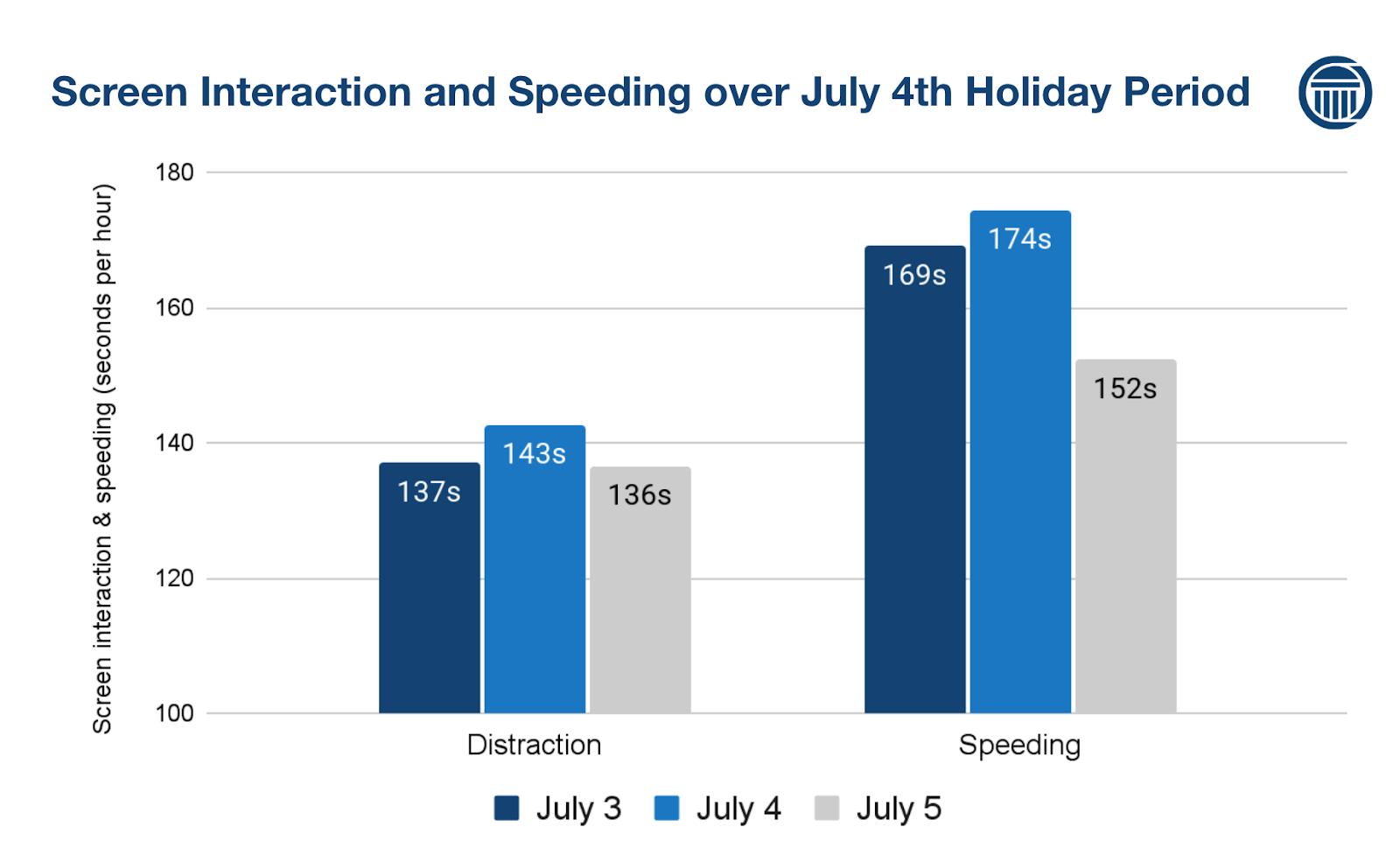Road Risk Alert: Stars, Stripes, and Screen Time. Distraction's up 12% on Independence Day

As the marquee summer weekend, the Fourth of July draws over 61 million drivers to beaches, barbecues, and long weekend getaways. But amid the celebrations, Independence Day remains one of the most hazardous days for drivers.
The National Safety Council reports that roughly 140 people are killed each day on US roads during the Independence Day holiday period. The period can span up to four days, depending on where July 4th falls on the calendar. Like Memorial Day, July 4th ranks among the deadliest holidays on the road, surpassing winter holidays.
What’s behind the rise in road risk?
Alcohol is a major factor. 40% of July 4th traffic deaths involve a drunk driver, 8% above the annual average. While drunk driving often dominates the holiday headlines, it’s not the only safety threat. According to NHTSA, distraction and speeding also contribute to 40% of traffic fatalities on the Fourth, mirroring the deadly impact of drunk driving.
CMT’s latest analysis also finds a clear increase in distraction and speeding on Independence Day. We analyzed driving behaviors on July 4th from 2022 to 2024, comparing them to similar days in the surrounding weeks. We also analyzed July 3rd and 5th, typically considered part of the holiday period, to see if July 4th itself stands out as riskier.
CMT defines distracted driving as tapping on the phone screen while driving over 9 mph and speeding as traveling 9.3 mph over the speed limit for at least 300 feet.

Distracted driving increases by 11.9% on the Fourth of July compared to similar days in the surrounding weeks. On average, drivers are distracted for 2 minutes and 23 seconds per driving hour on the Fourth. To put that in perspective, that’s longer than it takes to sing the national anthem. Now imagine singing blindfolded behind the wheel at 50 m.p.h.
Distraction remains elevated throughout the day. Between 10:00 a.m. and 12:00 p.m., distraction is 15.4% higher than average. At the same time, traffic is also 32% higher, making it a particularly risky time. The afternoon also sees even more elevation. From 1:00 p.m. to 4:00 p.m., distraction increases by 16.7%. The biggest spike happens at 5:00 p.m., where drivers are distracted for 2 minutes and 32 seconds per driving hour, a 21% increase. After 6:00 p.m., distraction levels gradually return to normal.
Like fireworks, speeding booms on the Fourth

Speeding surges even greater on July 4th. Drivers spend 46% more time speeding than on similar days in the surrounding weeks.
Speeding begins early at 7:00 a.m. when it’s 82% higher than usual. From 10:00 a.m. to 12:00 p.m., drivers spend 2 minutes and 46 seconds per driving hour speeding—59% above normal—coinciding with peak distraction and traffic.
Speeding continues throughout the day. From 1:00 p.m. to 4:00 p.m., speeding increases by 66%. After 7:00 p.m., there’s a sharp drop in speeding—not only returning to its baseline but even dipping 19% below average.
Does July 4th carry the most risk?

July 4th falls on a different day of the week each year, shifting its role in the holiday timeline. It might mark the start, middle, or end of the long weekend. But when isolating July 4th itself, the data shows there’s a distinct increase in risky driving.
Distraction on July 4th is 3.9% higher than on July 3rd and 4.5% higher than on July 5th. Speeding follows a similar pattern, with a 3% increase over July 3rd, and an even more significant 15% increase compared to July 5th. Despite where it falls each year, the Fourth stands out as a uniquely risky day.
Honor the day by driving the right way
As America hits the road to celebrate this Fourth of July weekend, make safety part of your holiday plans. Keep your eyes up, your phone down, and your speed in check. Enjoy the summer fun!